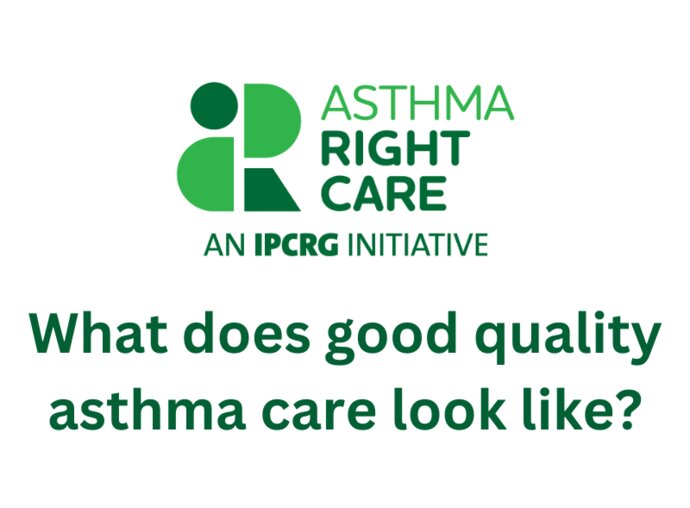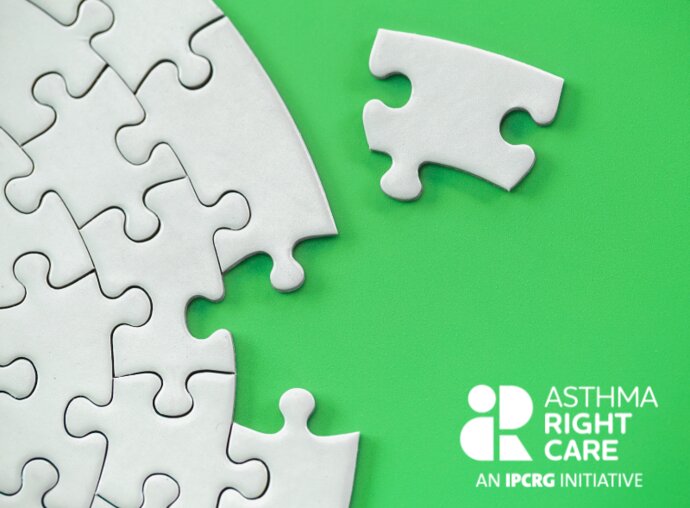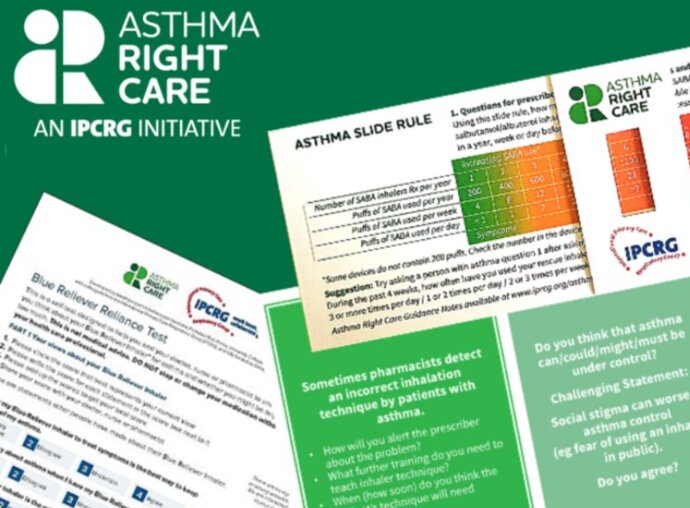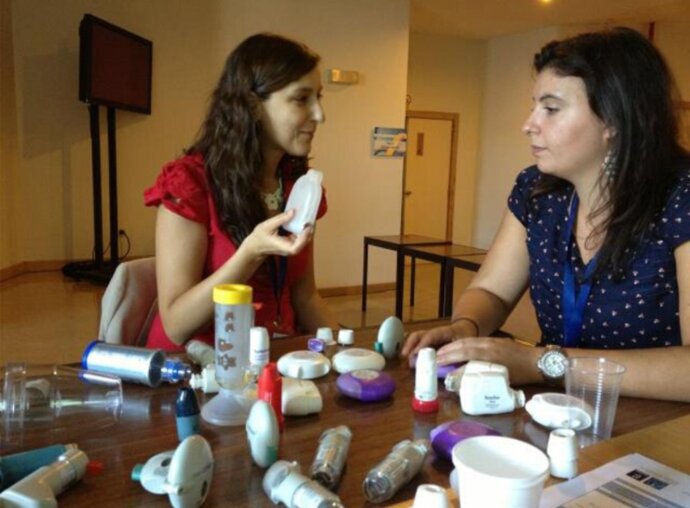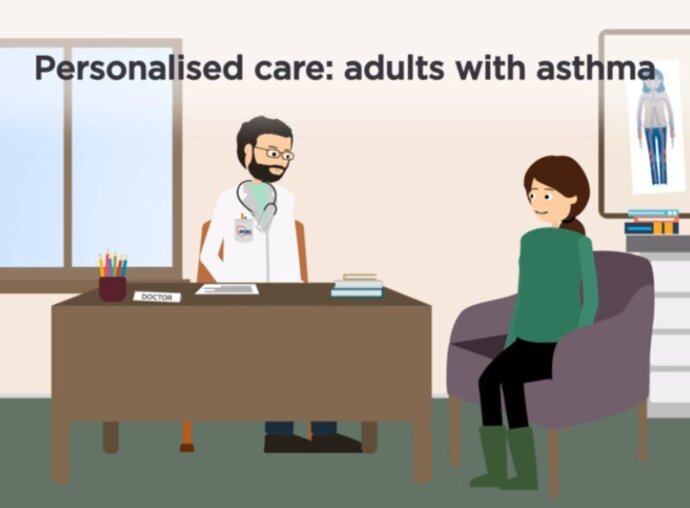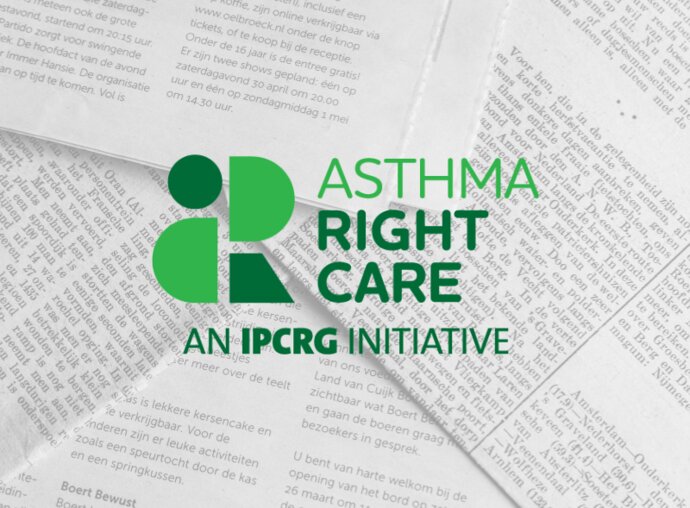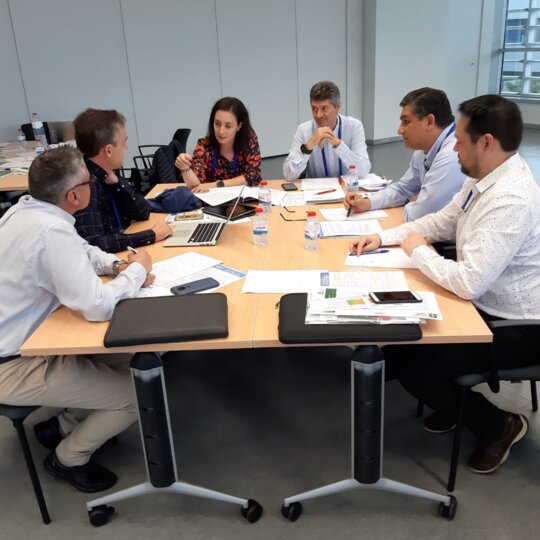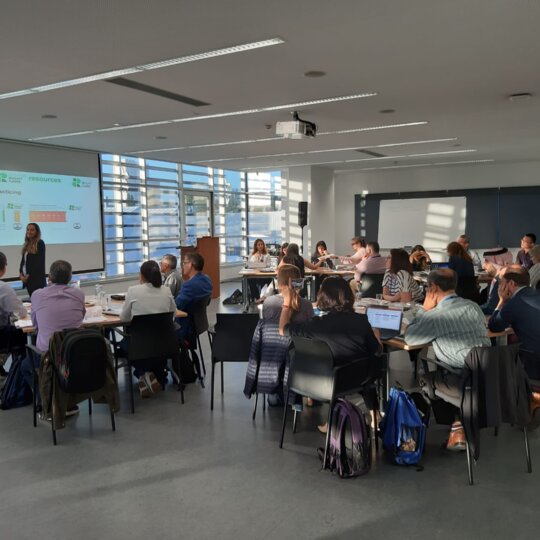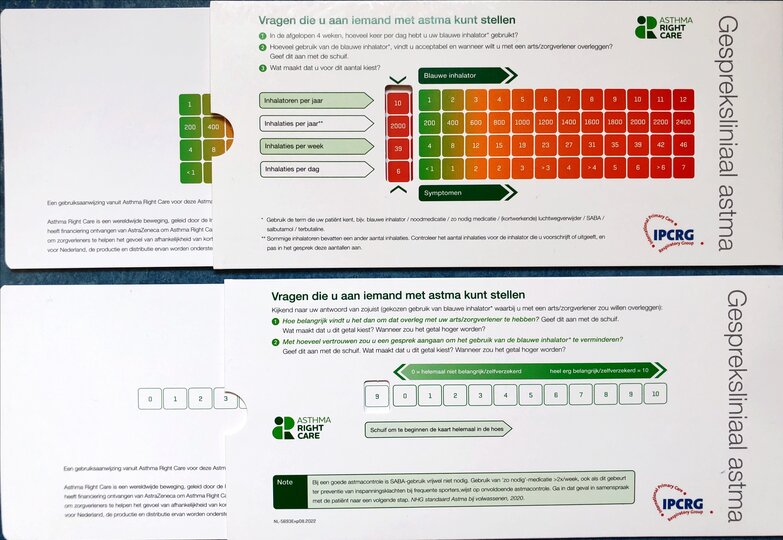Asthma Right Care
IPCRG is applying the evidence of social movements for health to raise awareness of the need for change in asthma care, and offering a vision of right care; Asthma Right Care is now in 35 countries engaging clinical and patient stakeholders in bottom-up programmes. Right Care means doing the right things and only the right things in the right way for the right people at the right time in the right place, whatever that means in the local context.

